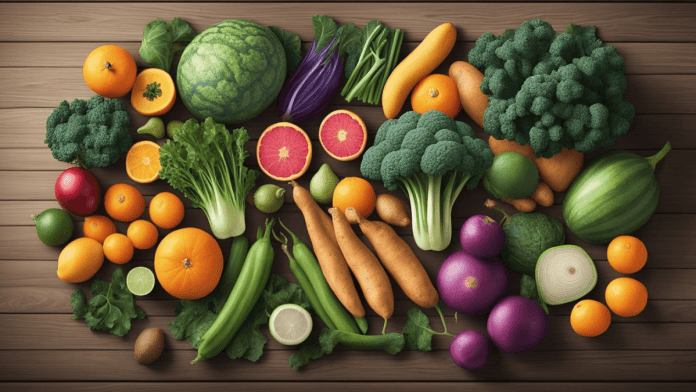News in Brief:
– Georgia anticipates a 15-20% surge in fruit and vegetable harvest for 2024 after weather challenges in 2023.
– Despite Russia’s dominance as a primary market, accessing the EU remains a challenge, prompting the need for farm consolidation to meet European trade standards.
Georgia’s agricultural sector is poised for a significant upturn this year, with forecasts indicating a substantial increase of 15-20% in fruit and vegetable production. This promising outlook follows a challenging period marked by adverse weather conditions that hampered last year’s harvest.
Unfavourable weather, including rainfall, droughts, and landslides, took a toll on Georgia’s agricultural output in the previous year. These conditions led to diminished yields and compromised quality, affecting both local consumption and export capacities. Consequently, farmers faced hardships as their incomes dwindled.
However, the situation is looking up for Georgia’s farmers in 2024. The absence of spring frosts and favourable weather conditions bode well for a more robust harvest. This optimistic forecast not only signals increased productivity but also translates into better purchasing prices for farmers, offering a much-needed respite from the challenges of the past year.
Russia emerges as a key player in Georgia’s agricultural export landscape, commanding a significant 90% share alongside other former Soviet states. The Russian market serves as the primary destination for Georgia’s fruits and vegetables, providing a crucial avenue for economic sustenance for local farmers.
While opportunities abound in European markets, accessing them remains a challenge for Georgian producers. Stringent EU requirements, especially for smaller batches, pose obstacles to trade with Europe. Despite efforts by phytosanitary services to issue export certificates, the issue of volume persists. Bejitashvili underscores the importance of farm consolidation to effectively tap into the lucrative EU market.



